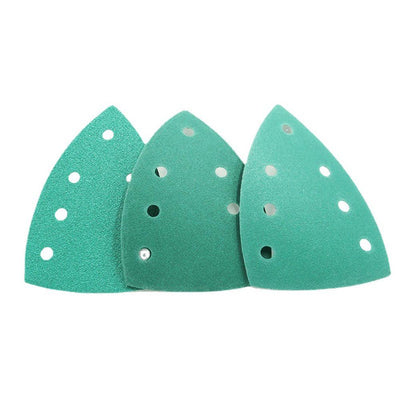
|
T. 226 051 370 | 226 069 797 (chamada para rede fixa nacional) |

|
Bowl Turning For BeginnersBowl Turning for Beginners: A Guide to Crafting Beautiful Wooden BowlsBowl turning is an exciting and rewarding craft that allows woodworkers to create functional and artistic pieces with a lathe. Whether you're new to woodworking or have some experience with turning, learning how to turn a bowl can be an enriching journey. The process involves shaping a block of wood into a smooth, symmetrical vessel, and with the right tools, techniques, and patience, anyone can master the basics of bowl turning. In this guide, we'll walk through the essential steps and tips to help you get started with bowl turning. The first step in the bowl-turning process is selecting the right wood. For beginners, it's best to choose a softwood like pine, which is easier to carve and shape. Hardwoods such as maple, cherry, and oak are excellent choices once you gain more experience. Start with a bowl blank that's roughly 8 to 10 inches in diameter and about 2 to 3 inches thick. It's important to select wood that is free of large knots, cracks, and defects, as these can create problems while turning and lead to an uneven finished product. Also, ensure that your blank is well-anchored on the lathe to prevent any movement during the turning process. Next, you will need to set up your lathe. A lathe with a swing capacity of 12 to 14 inches is perfect for beginner bowl turning, as it allows for easy handling of medium-sized blanks. Ensure that your lathe is mounted securely and is free from vibrations. Most lathes for beginners have variable speed settings, and starting at a slower speed is recommended, especially for roughing out the bowl, to avoid catching the wood. You'll also need a bowl chuck, which is essential for securely holding the bowl blank as you turn it. A four-jaw scroll chuck is commonly used for bowl turning, as it provides a firm grip on the blank and allows you to mount it both at the foot and the face. With your wood and lathe set up, it's time to begin turning. The first tool you'll need is a bowl gouge. This tool has a U-shaped flute and is ideal for shaping the inside and outside curves of the bowl. Begin by placing the bowl gouge against the wood at a low angle, using long, sweeping cuts to rough out the shape of the bowl. Work slowly, taking small bites of wood at a time. As a beginner, it's important to practice your technique and maintain control of the gouge, allowing the tool to glide through the wood without forcing it. Start with the exterior of the bowl, and once the basic shape is formed, move to the interior. To hollow out the interior, the bowl gouge remains your primary tool. Be sure to start from the center of the bowl and work outward in a controlled manner. The goal is to gradually scoop out the material, maintaining an even depth and smooth curve along the bowl's walls. You may encounter some tool marks or uneven surfaces, but these can be smoothed out later with a scraper or sandpaper. Take your time when hollowing out the bowl to avoid accidentally removing too much wood, which could cause the walls to become too thin or uneven. After the basic shape of the bowl is achieved, you'll want to refine the edges and smooth out the interior and exterior surfaces. A scraper is particularly useful for this step. It helps to remove any tool marks left by the gouge, giving your bowl a smoother finish. For beginners, a flat scraper is the most common choice, and it can be used on the interior and exterior of the bowl to create an even surface. Work with the grain of the wood to prevent tearing or gouging. Once the bowl is shaped to your satisfaction, it's time to finish the surface. Begin sanding the bowl with a coarse-grit sandpaper, such as 80 or 100 grit, and gradually move to finer grits, like 150, 220, and 400. Sanding in the direction of the grain is crucial to achieving a smooth, clean finish. For best results, it's helpful to use sanding pads or sponges, which can contour to the shape of the bowl, especially in the concave areas. The finer the sandpaper you use, the smoother the bowl will become. Finally, once your bowl is sanded and smooth, it's time to apply a finish to protect the wood and highlight its natural beauty. A food-safe finish like mineral oil, beeswax, or tung oil is recommended, especially if you plan to use the bowl for serving food. These finishes penetrate the wood, providing moisture resistance while allowing the grain to shine through. Apply the finish with a soft cloth, and allow it to dry fully before using the bowl. Bowl turning for beginners can be both challenging and rewarding, but with the right tools, patience, and practice, you can create beautiful, functional wooden bowls. As you gain more experience, you'll develop your skills, learning to create more intricate designs and shapes. Remember that each bowl is a unique creation, and the more time you spend turning, the more confident and skilled you'll become. Whether you're turning bowls for personal use or to give as gifts, the art of bowl turning is a fulfilling craft that will bring joy and satisfaction for years to come.
|





